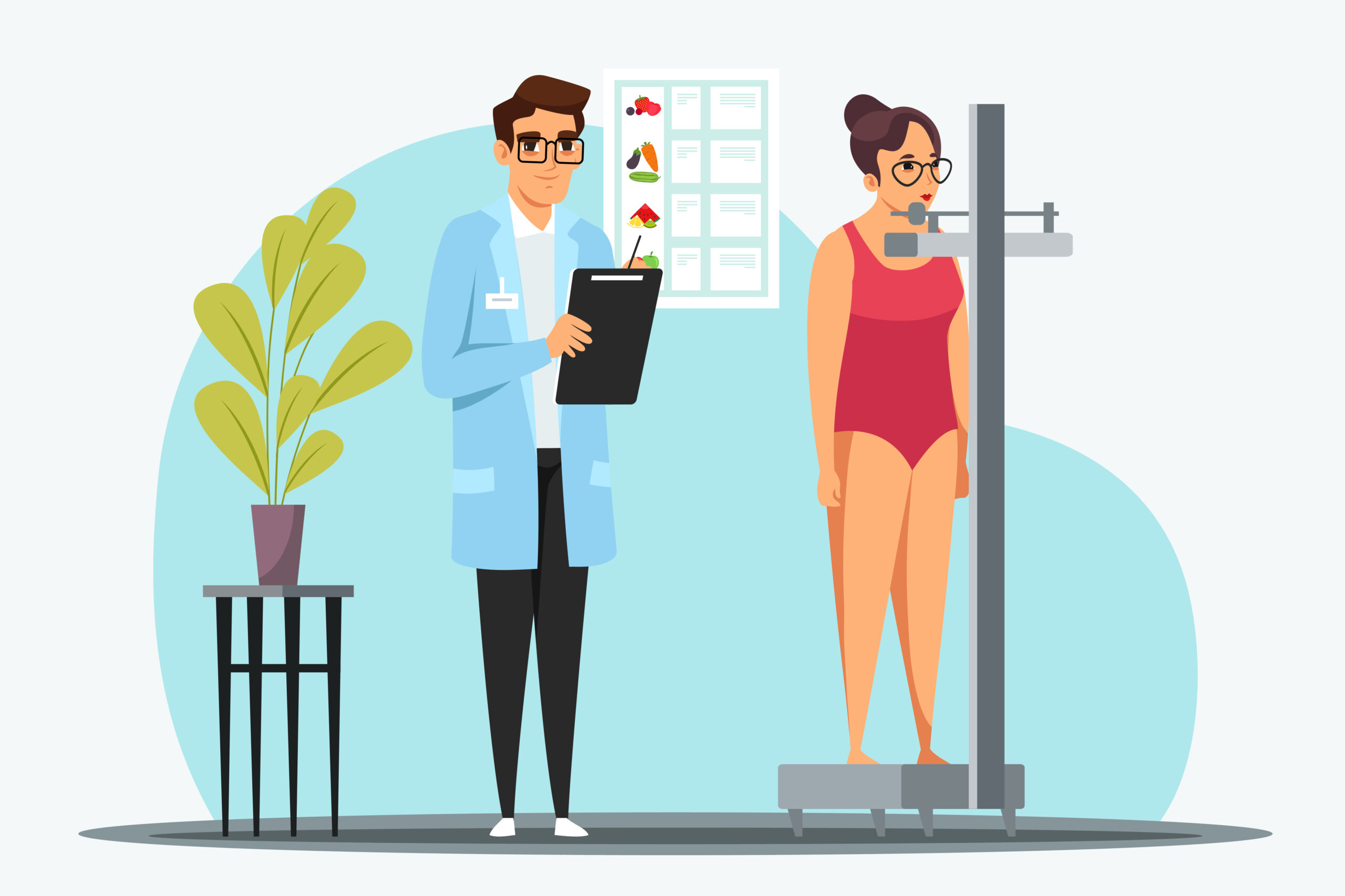Chronic knee pain affects millions of people worldwide, from athletes and active individuals to those experiencing age-related conditions such as osteoarthritis. This type of pain can be persistent, debilitating, and can significantly impact one’s ability to perform everyday activities. Fortunately, physical therapy for knee pain offers an effective, non-invasive solution for managing and relieving chronic knee pain. By addressing the underlying causes of pain, strengthening muscles, improving flexibility, and enhancing overall function, physical therapy can help individuals regain mobility and improve their quality of life.
In this article, we’ll explore the role of physical therapy in treating chronic knee pain, how it works, and why it’s a key part of the recovery process.
1. Understanding Chronic Knee Pain
Chronic knee pain is generally defined as pain that lasts for at least 3-6 months and persists even after initial treatments or injury have healed. It can be caused by a wide range of conditions, such as:
- Osteoarthritis (OA): A degenerative joint disease that results in the breakdown of cartilage in the knee joint. OA is one of the most common causes of chronic knee pain, particularly in older adults.
- Patellofemoral Pain Syndrome (PFPS): Often referred to as “runner’s knee,” PFPS involves pain around the kneecap, typically caused by overuse, muscle imbalances, or improper tracking of the patella.
- Tendinitis or Tendinosis: Inflammation or degeneration of the tendons around the knee, often due to repetitive stress or overuse in activities such as running, jumping, or squatting.
- Meniscus Tears: Tears in the cartilage between the thigh bone (femur) and shinbone (tibia), which act as shock absorbers in the knee joint.
- Ligament Injuries: Injury to the ligaments, such as the anterior cruciate ligament (ACL) or medial collateral ligament (MCL), which may result in instability and pain.
Chronic knee pain can be debilitating, often limiting mobility, flexibility, and strength. Over time, this may lead to a decline in physical activity levels, contributing to additional health problems like weight gain, poor cardiovascular health, and muscle weakness.
2. How Physical Therapy Helps with Chronic Knee Pain
Physical therapy is one of the most effective conservative treatments for chronic knee pain. It is designed to address the root causes of pain and improve mobility without resorting to surgery or long-term use of pain medications. Physical therapy for knee pain can provide significant benefits through the following approaches:
a) Pain Relief and Inflammation Reduction
The first step in treating chronic knee pain is managing inflammation and reducing pain. Physical therapists use several techniques to help alleviate pain:
- Ice and Heat Therapy: Cold therapy is commonly used to reduce inflammation and numb acute pain, while heat therapy helps to relax tight muscles, reduce stiffness, and promote circulation in the knee joint.
- Electrical Stimulation (TENS): Transcutaneous Electrical Nerve Stimulation (TENS) is a technique that uses mild electrical currents to block pain signals and promote the release of endorphins, which help reduce pain perception.
- Manual Therapy: Physical therapists often use hands-on techniques, such as massage or joint mobilizations, to reduce pain, relax muscles, and improve blood flow to the affected area. This helps to relieve discomfort and accelerate the healing process.
b) Strengthening the Muscles Around the Knee
One of the most important aspects of physical therapy for chronic knee pain is strengthening the muscles surrounding the knee joint. These muscles — primarily the quadriceps, hamstrings, calves, and hip muscles — provide stability to the knee and help absorb shock during movement. Weak muscles can place more stress on the knee joint, contributing to further pain and degeneration.
Therapists create customized strengthening programs to target the specific muscle groups that support the knee. These exercises include:
- Quadriceps Strengthening: The quadriceps are key stabilizers of the knee joint. Strengthening exercises like leg raises, squats, and lunges help reinforce this muscle group and reduce strain on the knee.
- Hamstring and Calf Exercises: The hamstrings and calves also support knee stability. Hamstring curls, bridges, and calf raises can help balance the muscles around the knee, improving function and reducing the risk of overloading the joint.
- Gluteal and Hip Strengthening: Weakness in the hips and glutes can lead to poor knee mechanics, which may contribute to chronic pain. Strengthening exercises targeting these areas, such as clamshells, hip abductions, and bridges, help improve overall leg alignment and reduce knee stress.
c) Improving Flexibility and Range of Motion
Knee pain can result in decreased flexibility and a limited range of motion (ROM). This stiffness can further contribute to discomfort and functional limitations. Through physical therapy, patients can improve their flexibility and restore normal movement patterns in the knee.
Physical therapists employ various stretching techniques to increase ROM and reduce tightness in the muscles and tendons surrounding the knee. Common techniques include:
- Dynamic Stretching: These stretches involve controlled movements that take the muscles and joints through their full range of motion, helping to improve flexibility.
- Static Stretching: Holding stretches for an extended period can help lengthen the muscles and tendons around the knee, promoting greater flexibility.
- Joint Mobilization: Manual techniques performed by physical therapists can help improve the mobility of the knee joint itself, especially when there’s stiffness or abnormal movement.
d) Correcting Movement Patterns
Poor posture, movement mechanics, and walking patterns can all contribute to chronic knee pain. A physical therapist will assess your gait (how you walk) and your biomechanics (how your body moves) to identify any abnormalities that may be exacerbating the pain.
For example, if a patient has flat feet, an altered walking pattern, or an imbalance in muscle strength, these issues can affect the alignment of the knee joint and cause pain over time. The therapist will teach you proper movement techniques, posture adjustments, and even provide orthotics (shoe inserts) to improve body mechanics and reduce knee strain.
e) Functional Training
In addition to strengthening and stretching exercises, physical therapy incorporates functional training to help individuals regain the ability to perform everyday activities. Whether it’s walking, climbing stairs, or getting in and out of a car, functional exercises are designed to retrain the body to move efficiently and without pain.
Examples of functional training exercises include:
- Balance Training: Balancing exercises, such as standing on one leg or using a wobble board, help improve knee stability and prevent falls.
- Proprioception Training: Proprioception is the body’s ability to sense its position in space. Training exercises designed to improve proprioception help enhance knee stability, prevent injury, and improve functional mobility.
3. When to Consider Physical Therapy for Chronic Knee Pain
Physical therapy should be considered as one of the first-line treatments for chronic knee pain. Whether you’ve been suffering from knee pain for months or are recovering from an injury or surgery, physical therapy offers a range of benefits for improving mobility and reducing discomfort.
Here are some signs that you may benefit from physical therapy for knee pain:
a) Persistent or Recurring Pain
If knee pain persists for weeks or months, and over-the-counter pain medications or rest are not providing relief, it’s time to consider physical therapy. A physical therapist can assess your condition and design a personalized treatment plan to target the root causes of your chronic pain.
b) Limited Mobility or Function
If knee pain is limiting your ability to perform everyday tasks such as walking, climbing stairs, or squatting, physical therapy can help restore movement and reduce discomfort. By strengthening the muscles around the knee and improving your range of motion, you can regain normal function and improve mobility.
c) After Surgery
After knee surgery (such as a meniscus repair, ACL reconstruction, or knee replacement), physical therapy is essential for rehabilitation. It helps speed up the recovery process, restore function, and minimize the risk of complications. A structured rehabilitation program tailored to your needs can ensure the best outcome after surgery.
d) Pain from Arthritis
For individuals with knee arthritis, physical therapy can help manage pain, improve joint function, and prevent further degeneration. A physical therapist will work with you to develop an exercise routine that strengthens the muscles around the knee and enhances joint flexibility.
4. What to Expect from Physical Therapy for Chronic Knee Pain
When you begin physical therapy, your therapist will perform an initial evaluation to assess your knee’s strength, flexibility, mobility, and overall function. Based on this assessment, they will design a treatment plan tailored to your specific needs and goals.
Physical therapy sessions typically last between 30 to 60 minutes and may include:
- Manual Therapy: Hands-on techniques like joint mobilizations or soft tissue massage to relieve pain and improve mobility.
- Exercise Programs: Strengthening and stretching exercises to improve muscle function and range of motion.
- Modalities: Treatments such as heat or cold therapy, ultrasound, or electrical stimulation to manage pain and promote healing.
- Education and Self-Management: Your therapist will teach you exercises to perform at home, provide advice on posture, and help you avoid behaviors that exacerbate pain.
Home Exercise Program
Your therapist will likely provide you with a set of exercises to perform at home. Regularly performing these exercises is crucial to achieving the best results and improving your condition.
5. Conclusion
Physical therapy for knee pain is a highly effective treatment approach that can help individuals manage chronic knee pain, improve mobility, and restore function. Whether your knee pain is caused by arthritis, overuse, an injury, or an underlying condition, physical therapy offers a non-invasive, customized approach to pain relief.
By focusing on strengthening the muscles around the knee, improving flexibility, correcting movement patterns, and addressing pain and inflammation, physical therapy provides lasting relief from chronic knee pain. If you’re experiencing persistent knee discomfort, consider consulting a physical therapist to begin your journey to recovery and improved quality of life.



